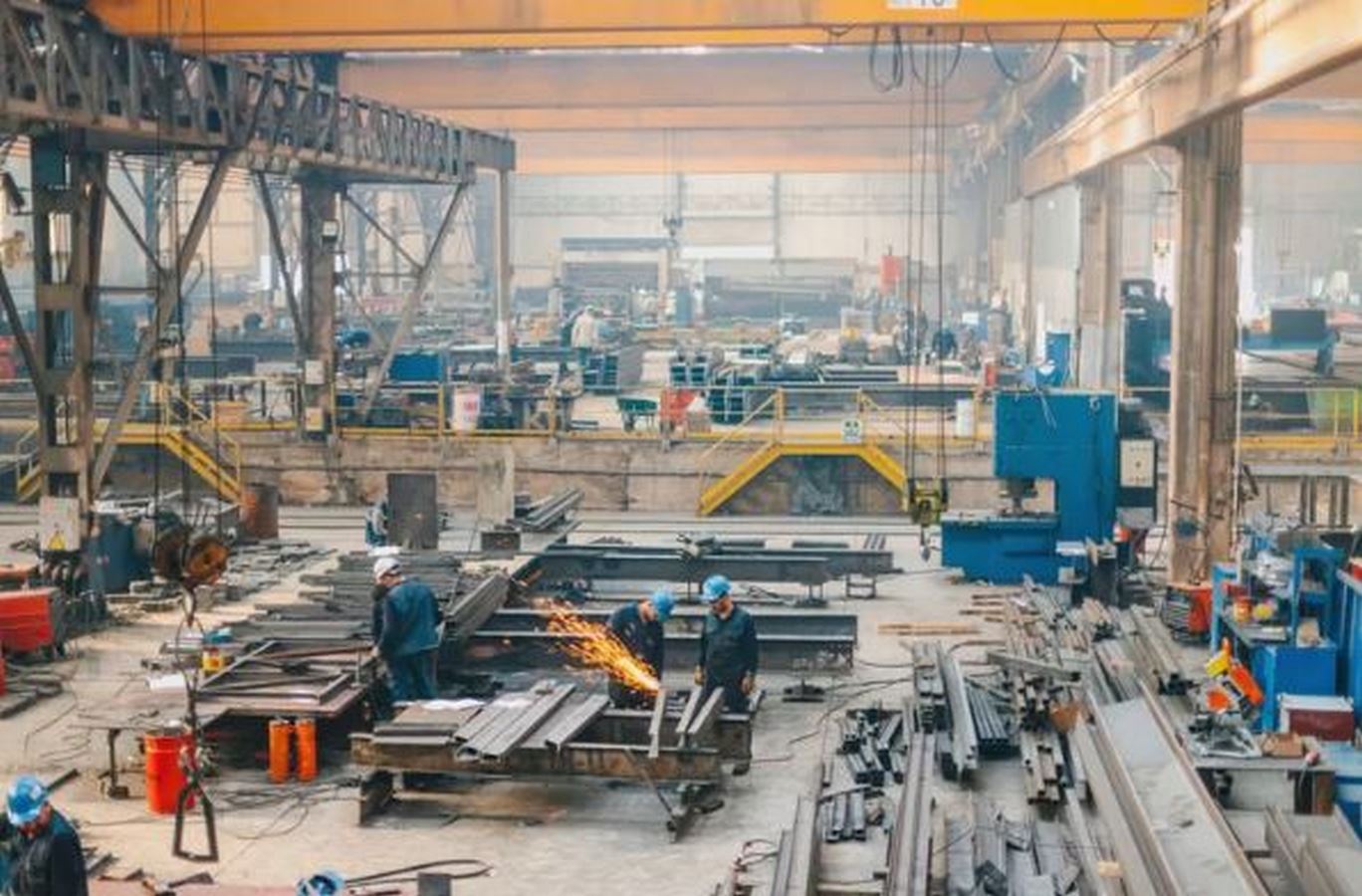Embodied carbon, a crucial concept in sustainable development, encompasses the carbon emissions associated with material extraction, manufacturing processes, transportation, construction, maintenance, and eventual disposal. Often overlooked in favor of operational carbon, which pertains to emissions during a building’s use, embodied carbon plays a significant role in a structure’s overall environmental impact. In this article, we delve into the intricacies of embodied carbon, its distinction from operational carbon, examples of its sources, measurement methodologies, and strategies for mitigating its effects in the construction industry.
Differentiating Embodied Carbon and Operational Carbon
In the realm of building and construction, both embodied carbon and operational carbon contribute to a structure’s carbon footprint. While operational carbon refers to emissions generated during a building’s use, such as energy consumption for heating, cooling, and lighting, embodied carbon encompasses emissions incurred throughout a building’s life cycle, from material extraction to disposal.

Examples of Embodied Carbon Sources
Embodied carbon arises from various stages of construction, including:
- Raw Material Extraction: Extraction of resources like fossil fuels, biomass, metals, minerals, and timber contributes to embodied carbon emissions.
- Manufacturing of Materials: Production processes for construction materials such as concrete, steel, glass, and brick emit significant carbon dioxide.
- Transportation: Emissions from transporting construction products to and between building sites add to embodied carbon.
- Demolition and Disposal: Demolition activities and disposal of construction waste generate emissions, highlighting the importance of recycling and responsible waste management.
Measurement Methods for Embodied Carbon
Embodied carbon can be quantified using various measurement approaches, each capturing different aspects of a material’s life cycle:
- Cradle-to-gate: Measures emissions from material extraction to production.
- Cradle-to-site: Includes transportation of materials to the building site.
- Cradle-to-end: Encompasses building operations in addition to cradle-to-site emissions.
- Cradle-to-grave: Extends to maintenance, demolition, and disposal stages.
- Cradle-to-cradle: Considers the reincorporation of materials into new products after use.

Strategies for Reducing Embodied Carbon
To mitigate embodied carbon emissions and promote sustainable construction practices, the industry can adopt the following strategies:
- Prioritize the use of recycled materials over raw materials.
- Opt for responsibly-sourced lumber and carbon-sequestering materials like wood, hemp, or straw.
- Embrace building reuse and demolition practices that maximize material recycling.
- Advocate for stringent regulations and performance standards to incentivize decarbonization efforts.
Decarbonizing the Building Sector
The global building and construction sector, responsible for a significant portion of carbon emissions, faces the imperative of decarbonization. Achieving carbon neutrality by 2050 requires concerted efforts to reduce both operational and embodied carbon emissions. By embracing sustainable construction practices and prioritizing low-carbon alternatives, the industry can pave the way for a greener, more resilient future.
In conclusion, understanding and addressing embodied carbon is essential for advancing sustainability goals in the built environment. By acknowledging the environmental impact of construction materials and processes, stakeholders can drive meaningful change towards a more sustainable and resilient built environment.






